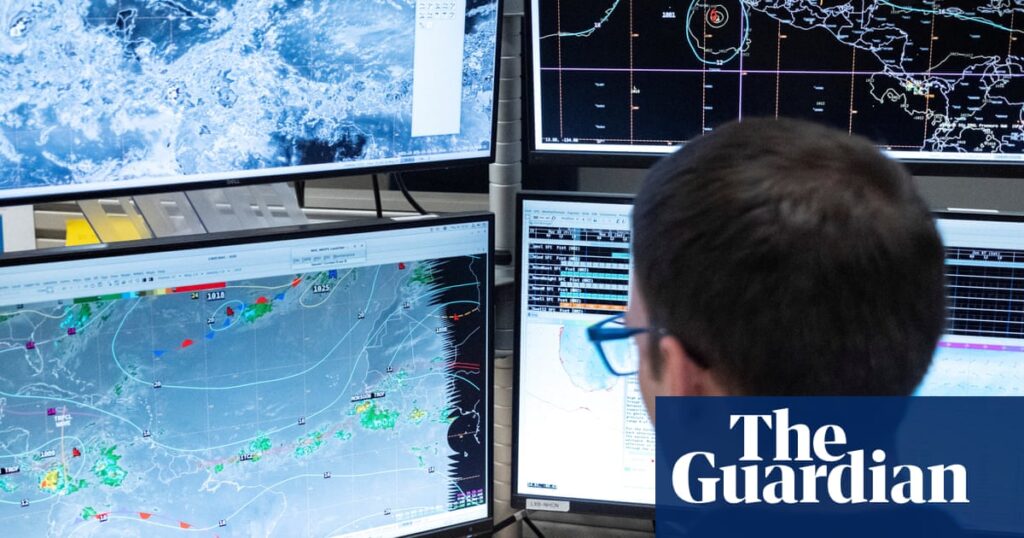
The Department of Defense is set to terminate a crucial atmospheric data collection program by the end of June, a move that has left weather forecasters scrambling to adjust. According to a public notice issued this week, the halt of the Defense Meteorological Satellite Program (DMSP) could significantly impair hurricane forecasting, potentially setting it back “decades” as the 2025 hurricane season approaches.
The National Oceanic and Atmospheric Administration (NOAA) informed its scientists on Wednesday that, due to “recent service changes,” the DMSP would “discontinue ingest, processing, and distribution of all DMSP data no later than June 30, 2025.” The DMSP satellites, known for their ability to map the entire globe twice daily with high resolution, have been pivotal in monitoring Arctic sea ice and hurricane development.
Despite NOAA’s assurances that the changes will not affect forecasting quality, experts are sounding alarms. According to several scientists, both within and outside the US government, no other US programs can adequately replace the DMSP’s data. “We’re a bit blind now,” said Allison Wing, a hurricane researcher at Florida State University. Wing emphasized the unique capability of DMSP satellites to peer inside developing hurricane clouds, a critical advantage that may now be compromised.
The Impact on Hurricane Forecasting
Before the advent of such satellites, forecasters often faced unexpected developments in hurricane behavior. Wing noted, “Given increases in hurricane intensity and the growing prevalence of rapid intensification, it’s not a good time to have less information.” The satellites have also been instrumental in tracking polar sea ice changes for over four decades. “These are some of the regions changing the fastest around the planet,” said Carlos Moffat, an oceanographer at the University of Delaware.
The sudden cessation of data collection is particularly concerning to researchers. Moffat remarked, “This new announcement about the sea ice data really amounts to blinding ourselves and preventing us from observing these critical systems.” The satellites are reportedly functioning normally, suggesting the data halt may be an intentional decision rather than a technical failure.
Political and Administrative Context
The loss of DMSP data coincides with staffing challenges at NOAA, exacerbated by budget cuts under the Trump administration’s “department of government efficiency” initiative. A NOAA scientist, speaking anonymously, described the situation as “a systematic destruction of science,” highlighting the unpreparedness of federal hurricane forecasters due to the abrupt change.
Michael Lowry, a meteorologist with experience at NOAA’s National Hurricane Center, criticized the decision. “The permanent discontinuation of data from these satellites is senseless, reckless, and puts at risk the lives of tens of millions of Americans living in hurricane alley,” he said. The DMSP, dating back to 1963, has evolved from aiding military operations to becoming a cornerstone of weather and climate monitoring.
International and Future Implications
Japan remains the only other nation with similar satellite capabilities, and scientists had already been contemplating a switch to Japanese data in the event of a DMSP outage. However, this transition will take time. Neither NOAA nor the Department of Defense has clarified the specific service changes prompting the program’s abrupt halt.
In a statement, NOAA’s communications director, Kim Doster, defended the agency’s capabilities, asserting that NOAA’s data sources are “fully capable of providing a complete suite of cutting-edge data and models.” However, a NOAA source countered that the high-resolution data from DMSP is irreplaceable by existing NOAA tools.
The Guardian has reached out to the Department of Defense for further clarification and will update this story with any response. As the hurricane season progresses, the absence of DMSP data could have profound implications for forecasting accuracy and public safety.





